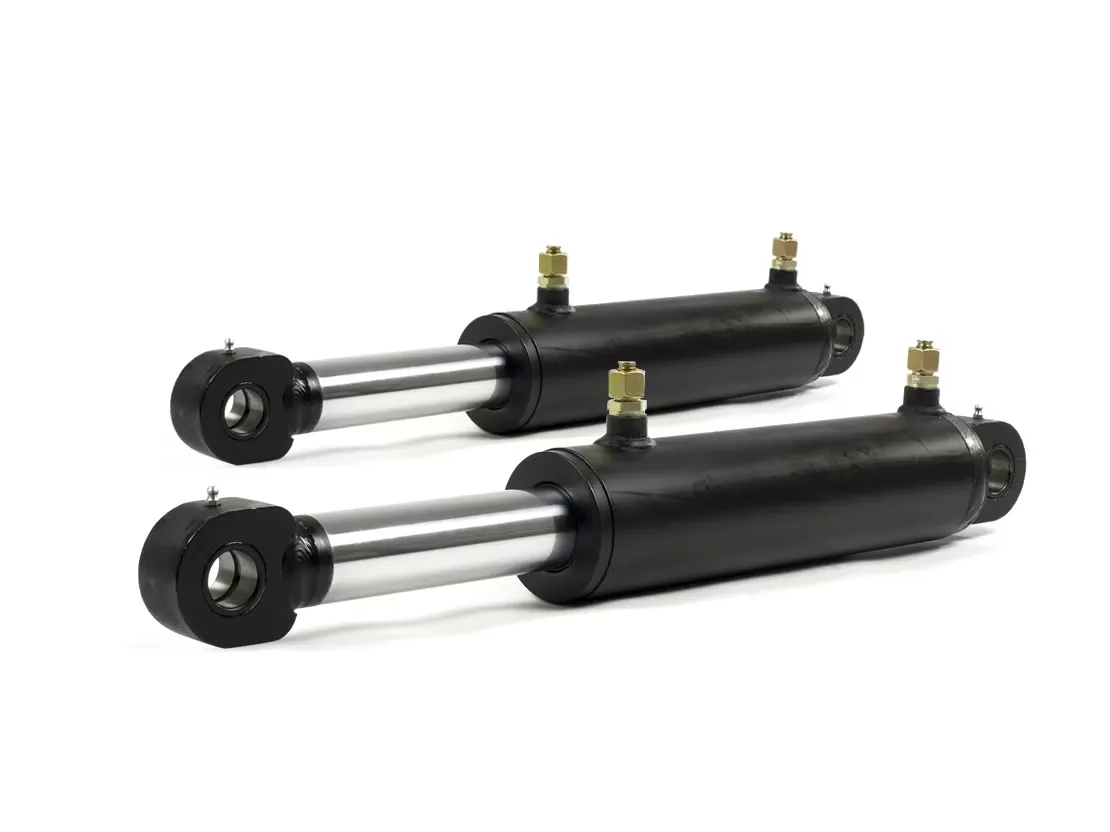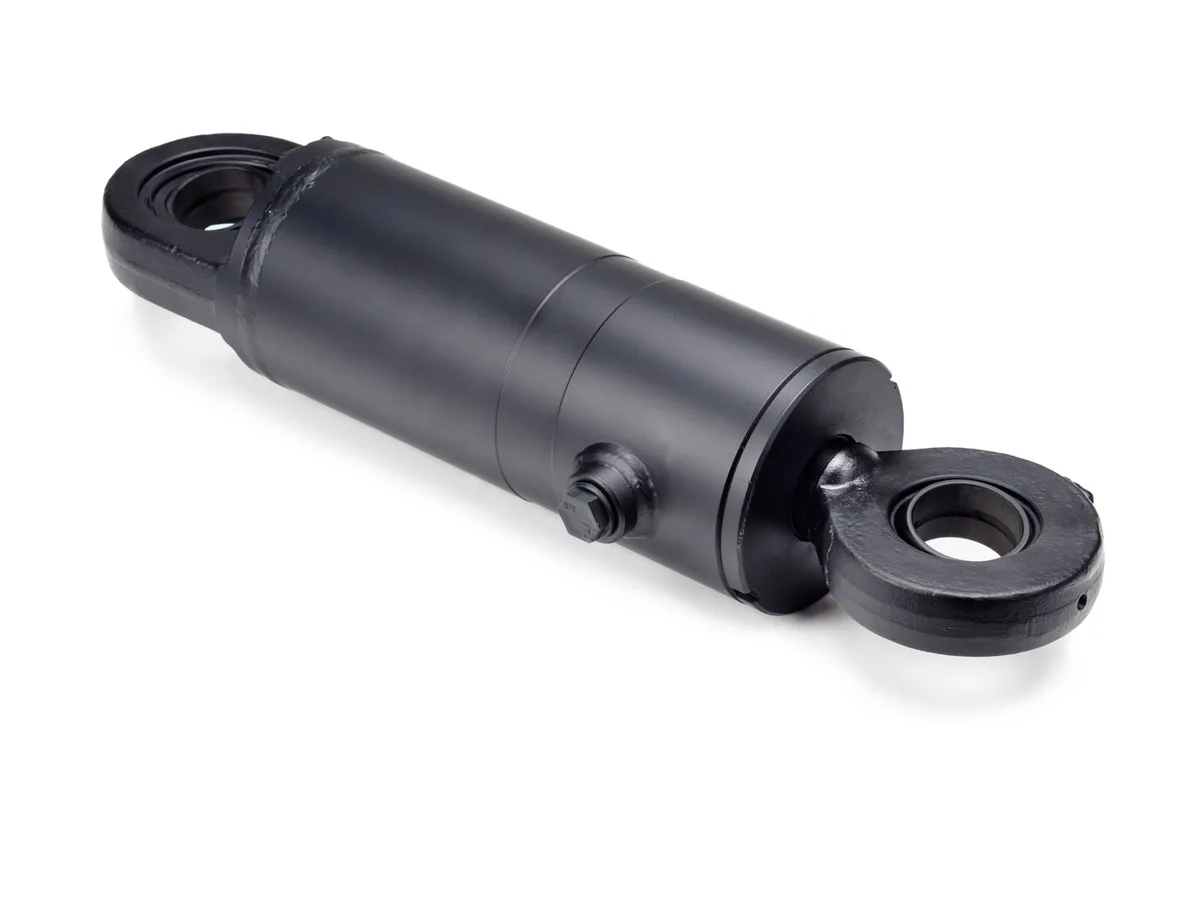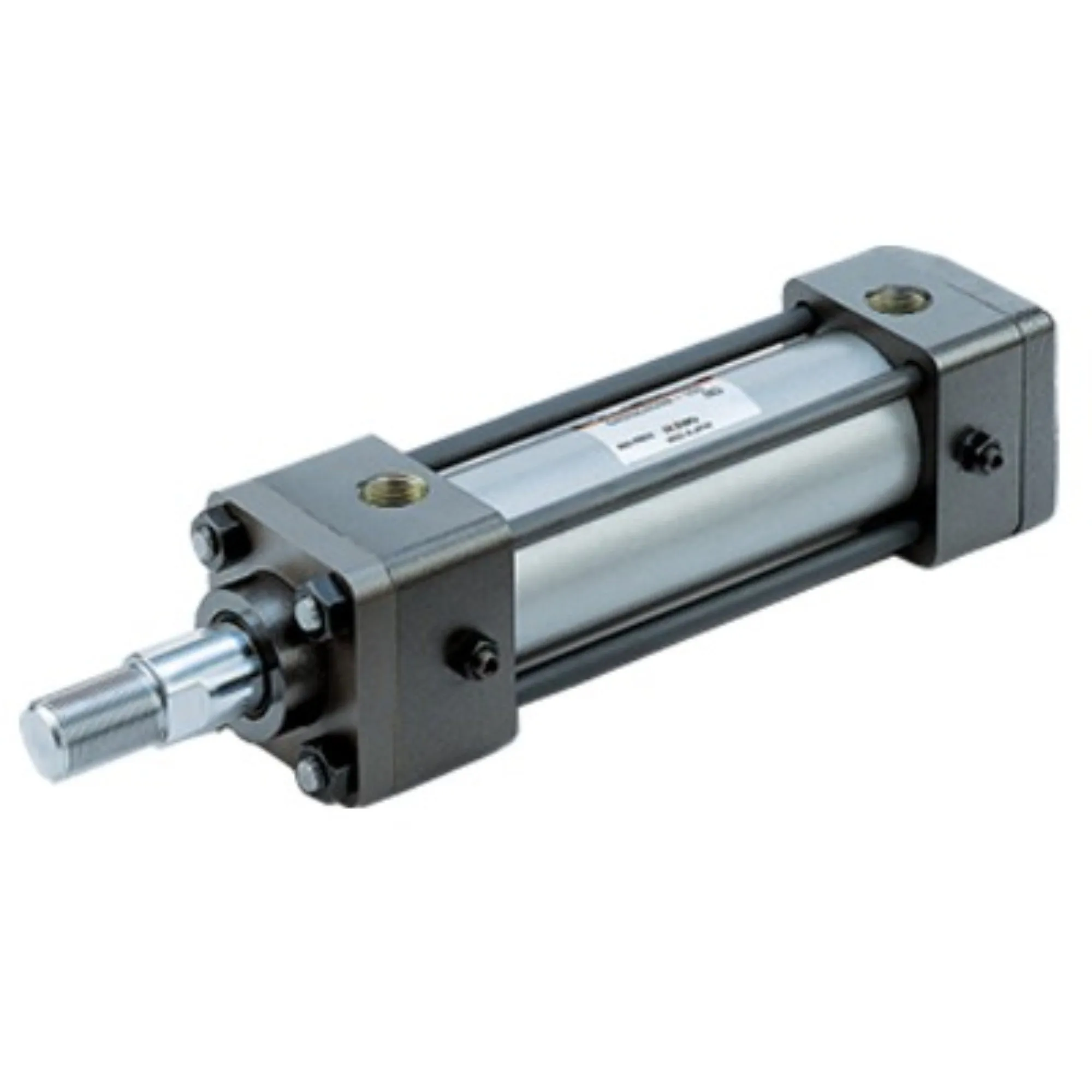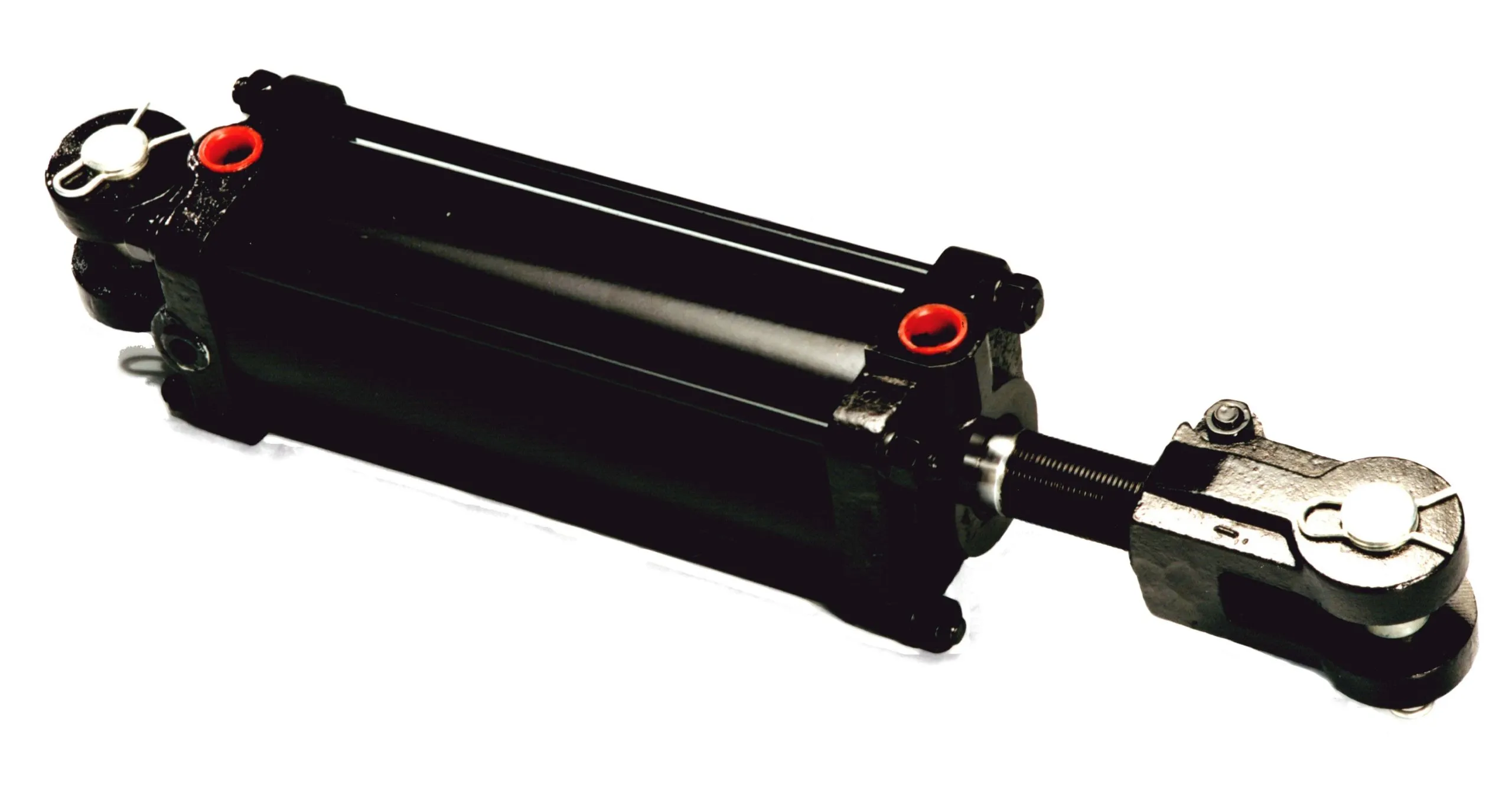
Introduction to Locking Single-Acting Hydraulic Cylinder

The locking single-acting hydraulic cylinder is designed to work under hydraulic pressure in one direction and has a locking function to prevent movement in the absence of pressure.


Design and Construction Characteristics
- Locking Mechanism – Safety: The main feature of the locking single-acting hydraulic cylinder is its locking mechanism, which keeps the piston in a safe position when hydraulic pressure is lost.
- Variety: The design of the locking mechanism can be customized for specific applications, using spring-loaded locking devices, pin locks, or other mechanical locks.
- Compact Structure – Space Optimization: These cylinders are compact and suitable for use in limited spaces, making them ideal for various equipment and machinery.
Working Principle
When hydraulic oil is pumped into the chamber, the cylinder stretches and pushes the piston outward. The locking mechanism holds the piston in place, preventing accidental retractions even if hydraulic pressure is lost.
Types and Configurations
There are three different types of locking single-acting hydraulic cylinders, each with unique configurations tailored to specific needs.
Benefits
- Enhanced Security: Locking prevents accidental retractions, improving operator safety.
- Reliability: Designed to operate effectively under high loads and varying conditions.
- Simplicity: Easy to operate and maintain, making them user-friendly.
Application Scenarios
These cylinders are commonly used in construction equipment, manufacturing, transportation, and aviation industries.
Design Considerations
When selecting a locking single-acting hydraulic cylinder, consider factors such as bearing capacity, sealing, durability, safety, and maintainability.
Sealing and Lubrication
Proper sealing and lubrication are essential for the performance and longevity of these cylinders. Regularly check seals and ensure proper lubrication for optimal operation.
Maintenance
Regular inspection and preventive maintenance measures are crucial to ensuring the reliability and safety of the hydraulic cylinder.
Installation Guide
Follow the correct installation procedures to ensure the cylinder operates efficiently and safely.
Fault Diagnosis
Understand common issues and troubleshooting tips to diagnose and solve problems effectively.
Unit Power
Unit power influences the performance of the hydraulic system, and factors such as cylinder diameter, stroke, operating pressure, piston speed, and load must be considered.
Optimizing Power Unit
Optimizing the power unit of a locking single-acting hydraulic cylinder can improve efficiency, save energy, and enhance reliability.
FAQs
Answers to common questions about locking single-acting hydraulic cylinders:
- How does the locking mechanism work? The locking mechanism holds the piston in place to prevent retractions.
- What are the main components? The main components include the cylinder, piston, and locking mechanism.
- Advantages over standard cylinders? Locking cylinders offer enhanced safety and reliability.
Long-Tail Keywords
Three long-tail keywords for locking single-acting hydraulic cylinders are explained to enhance understanding and searchability.
Our Company
We are a leading hydraulic cylinder manufacturer offering a complete product line, international certifications, customized services, and reliable after-sales support.
Author: lyl
